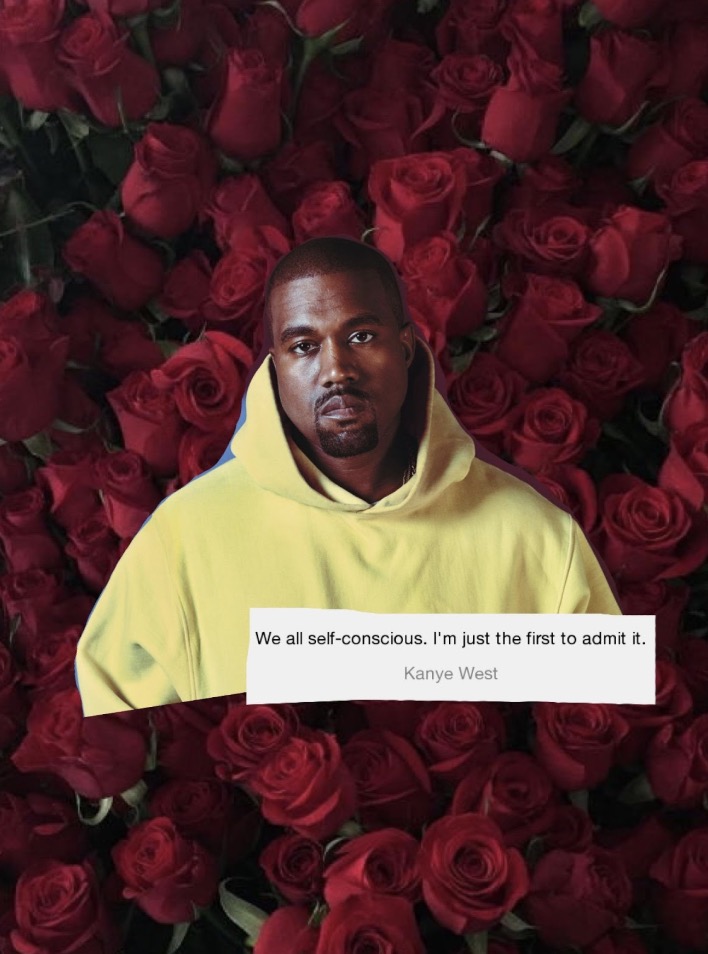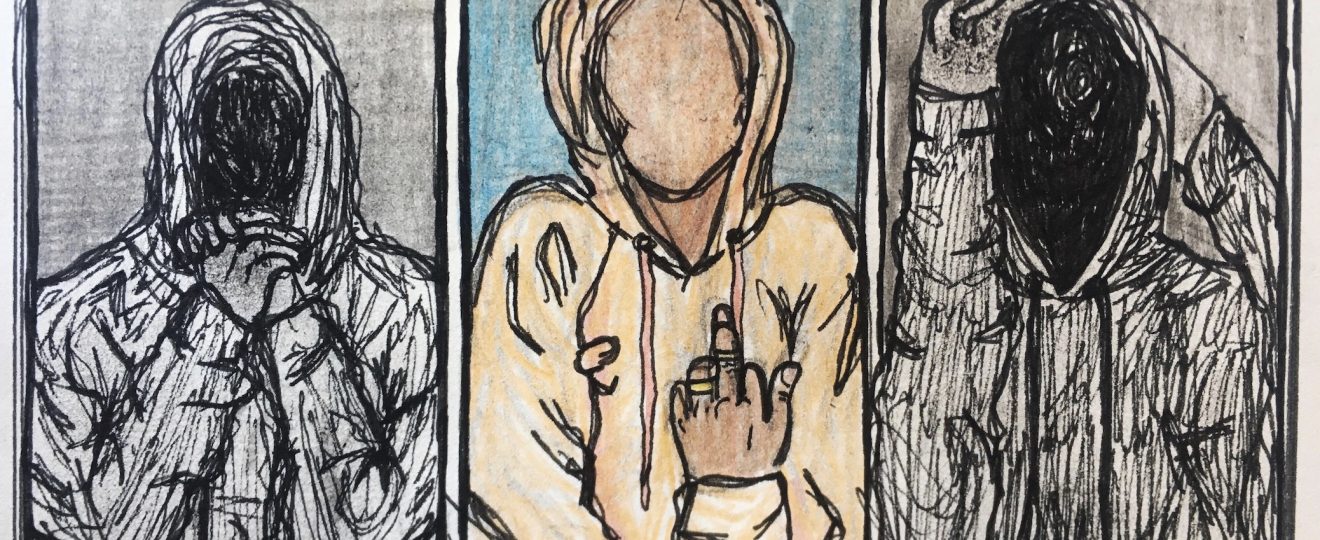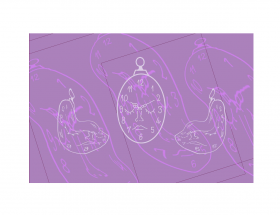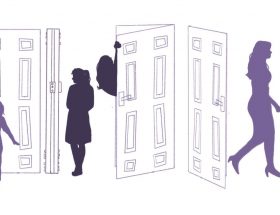2018 saw an influx of vulnerability infiltrate mainstream hip hop music. With the likes of Aminé, BROCKHAMPTON, SABA, Chance the Rapper, Noname and Vic Mensa all releasing music in the past year reflecting their own personal insecurities, these artists act as front runners in this age of musical influencers who are comfortable with opening up to their audience.
Hip hop was born as a genre to act as social commentary; to give marginalised people a voice and allow a cathartic release.
However hip hop artists are increasingly using their music as a personal diary; society is clearly craving vulnerability to be normalised instead of alienated, as it often is in the mainstream. People are longing for relatable content and this is being recognised; BROCKHAMPTON member Merlyn Wood claiming that he ‘[is] not a gangster… obviously, you can make cool music without having to resort to
But amongst the current generation where it is widely perceived that Hip Hop has fallen into a nihilistic and violent hole, an array of artists have recognised the power of their voice and need to open up. Aminé explained the title of his 2018 song DR WHOEVER, a track which addresses the pressures of masculinity and vulnerability, by stating, ‘I’m saying Dr. Whoever because it’s whoever is listening to the song… that’s who my doctor [and therapist] is…’ Even on Travis Scott’s 2018 album ASTROWORLD, the song COFFEE BEAN laments his own personal insecurities concerning his relationship and public image. This is particularly important as Scott is arguably the biggest Trap artist at the moment, a genre which is, on the whole, fixated on partying, drugs and money.

What caused this shift? What has caused the mass following and subscription of youths to BROCKHAMPTON’s music, and Aminé to talk openly about his mental health issues? What caused Tyler, the Creator to go from rapping about ‘stabbing Bruno Mars in his goddamn oesophagus’ on Yonkers in 2011 to Garden Shed, released in 2017, a song addressing his struggles with his long-concealed sexuality?
A.D. Carson, professor of hip hop at the University of Virginia, stated that this ability for people to open up in hip hop ‘reflects the ways society at large seems to be more engaged in discussions of mental health’. With society attempting to release the existing taboo on the subject of mental health, young, influential artists are using Hip Hop as an outlet to display that vulnerability is okay and deserves to be discussed. Aminé addressed this issue directly in a Genius interview, stating that ‘talking about mental health with your n***as is like weird or scary sometimes, especially in Black culture’, exemplifying how artists like Aminé are attempting to subvert this existing structure of discomfort in displaying emotion, which will, in turn, allow their communities to express their emotions more effectively. Still, at the beginning of 2019, the only way is up – to continue this upward trajectory in the normalisation of mental health issues in an industry riddled with the rejection of vulnerability, we must support the artists trying to subvert the system.
cover art by: Desiree Finlayson
embedded art by: Anna Kerr




